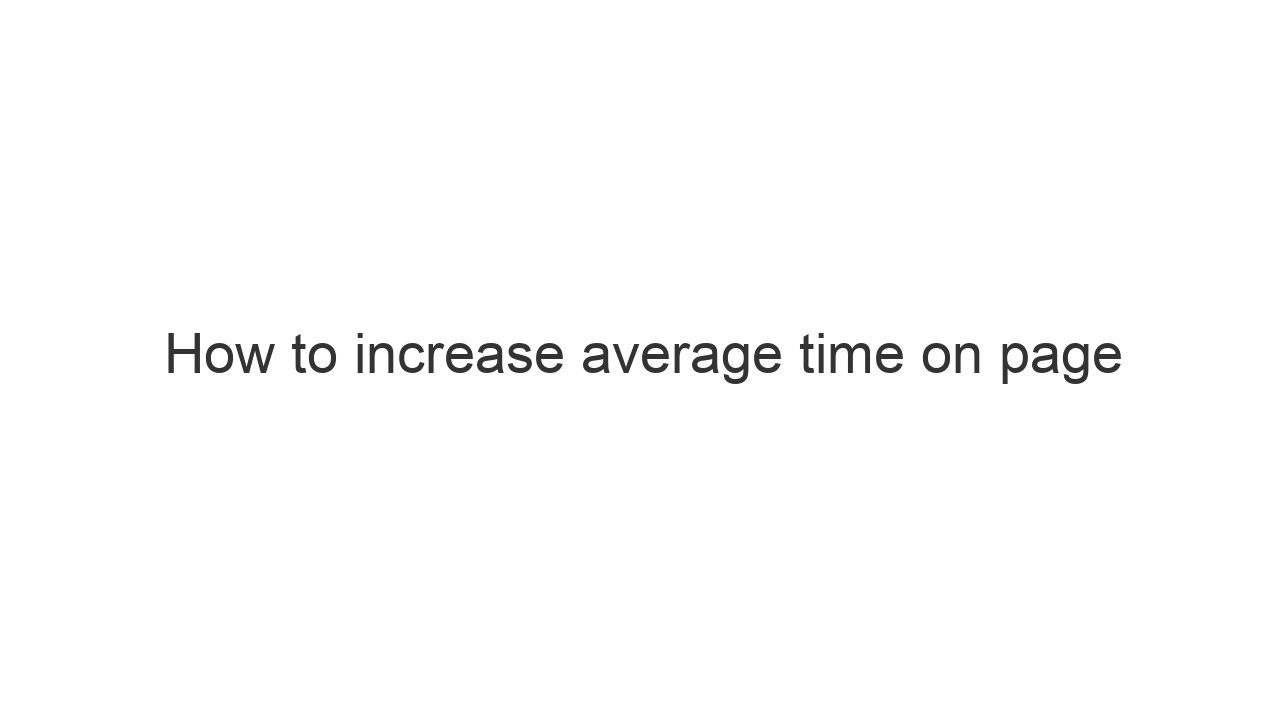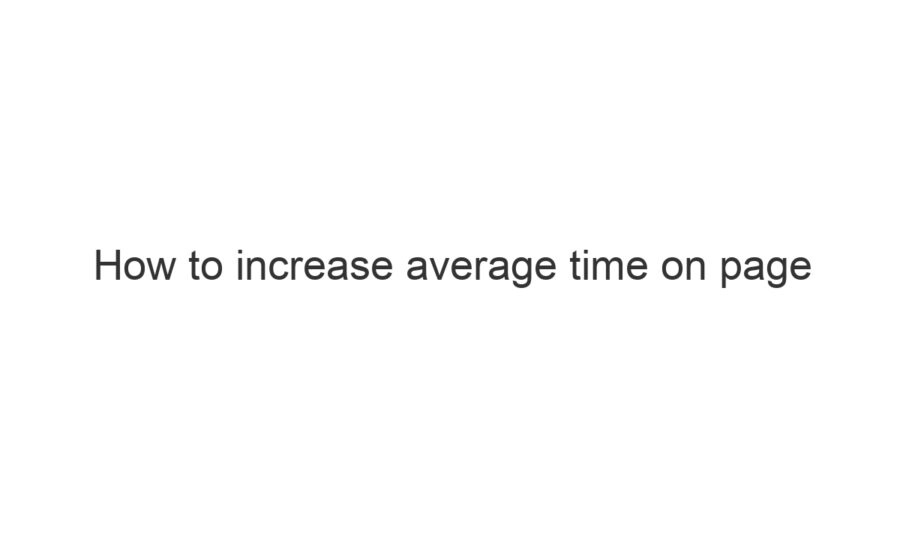Because of a flaw in the way time on page and time on site is measured, it makes it hard to ‘increase’ time on page as a universal measure because it is inconsistently measured.
Time on page measures the difference between when opens a webpage and then clicks another link. Or opens a new tab and visits the same domain. A common fallacy is that time on page represents all users, when it only captures those that complete those actions. So it is not reflective of an overall audience. It tends to skew up.
This means, that a user could be comparing a webpage, that has a time on page, because it has a low amount of data points and is skewing up. Then comparing that to a ‘time on site’ which has more data points and is more accurate.
Newer platforms like Nudge measure Attention, a second by second measure, which captures the attention of all users. If a marketer is concerned about fraud, this could be a better metric to focus on. And the platform is very user friendly for users new to analytics.
Attention will provide a more accurate view of a customers engagement on page.
Increasing average attention can be done through:
- Reducing low quality traffic sources which drive low attention.
- Improving the on page experience, so it loads faster.
- Optimizing the page or content so it is more engaging

|
|---|



